1277 people reached on Lassi with Lavina FB page – 152 engagements
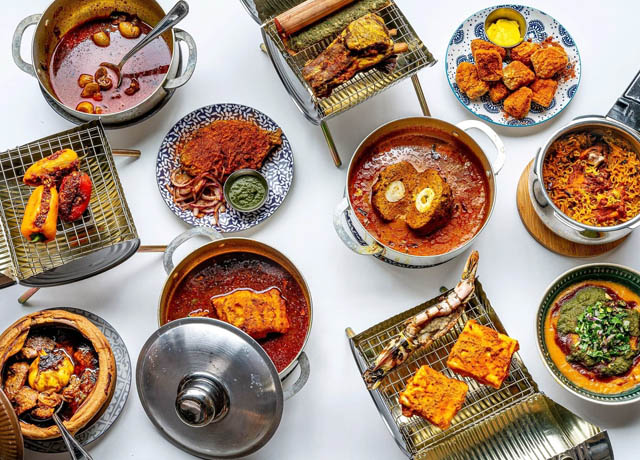
Chef Chintan Pandya creates a ‘Dhamaka’ in the Midst of the pandemic
A chat with the award-winning chef about the regional cuisine of India
Have you eaten Pressure Cooker Pulao, Champaran meat or Gurda Kapoora – goat kidney and testicles – lately? Though these are authentic Indian dishes, chances are you haven’t tasted them in America. Now you will get to try them at Chef-partner Chintan Pandya and restaurateur Roni Mazumdar’s new eatery ‘Dhamaka’, which has just opened in New York
Although I myself have not visited the restaurant yet due to pandemic hesitancy, I managed to do the next best thing – get on the phone with Chef Pandya and have a leisurely chat with him on what diners can expect from Dhamaka, which in Hindi means ‘explosion’.
At a time when the coronavirus pandemic has caused many restaurants to shut their doors permanently while still others struggle with outdoor dining and take-out service, it takes bravehearts to actually open a brand-new restaurant in this uncertain world of lockdowns and social distancing.
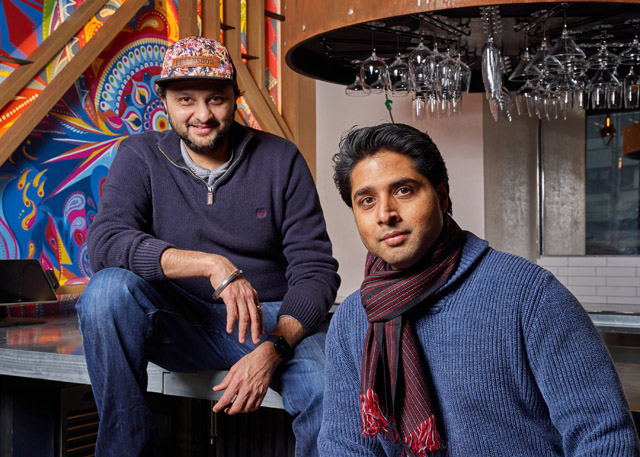
Pandya, who is already the celebrated chef of Adda and Rahi where he is partner with restaurateur Roni Mazumdar, says that their plans to open Dhamaka were on since before the pandemic and simply got delayed because of it. All along, they have been busy with their other restaurants and while Rahi’s upscale modernist cuisine was not suited to the delivery model, Adda has not closed even for a day during the pandemic, offering takeout, delivery and outdoor dining.
They have also met the challenges of the moment, providing meals for frontline workers and the homeless, preparing 1500 to 1700 meals a day. The public was also invited to participate, and the accumulated small donations were combined to provide meals at various locations.
It is a matter of pride for Pandya that through their enterprise and chutzpah, they have managed to keep all their staff working during the pandemic. All this time, though, the idea of Dhamaka was simmering on the back burner and recently the duo managed to make it a reality, bringing it to life in the Lower East Side.
So Dhamaka opens in a changed restaurant environment in Essex Street Market where it is the only restaurant open at this time, and is the only eatery with its own entrance to the market. It is a 42 seat restaurant designed by Wid Chapman Architects with joyful colors, murals, a horseshoe bar and outdoor seating too.
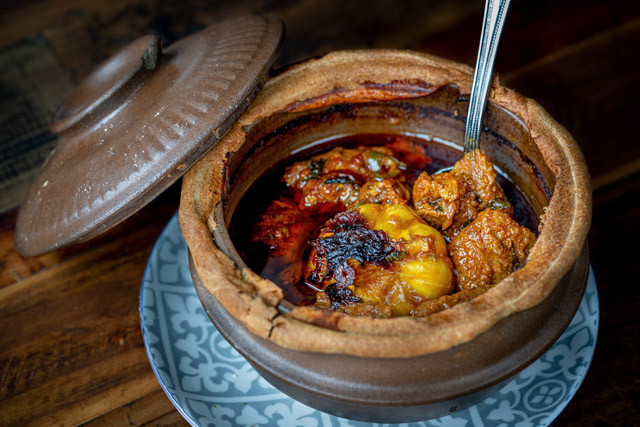
One thing is certain – Pandya and Mazumdar are not looking to duplicate past successes or to rest on their laurels. Unlike most Indian restaurants, their new restaurant doesn’t even have a tandoor which is a standard feature in most desi eateries. This is because Pandya is not planning to serve any ubiquitous ‘naan-bread’ and wants diners to experience parathas, chapattis and pao instead.
“We always want to challenge ourselves and see how we can actually make the cuisine move forward,” says Pandya. “We have seen that Indian food has never gotten the credit it deserves for its phenomenal level of complexity and diversity. Indians have categorized it into ‘saag paneer, butter chicken and naan, samosa’– so we are to be totally blamed for it!”
Since both Rahi and Adda are hugely successful, the expectation was that they would capitalize on that success by repeating it, but in spite of all the pressure to do that, they have not. Pandya’s soaring moment of enlightenment came when he was struggling with the creation of a new menu and his wife served him a simple meal of the homely tindura and aloo ki sabzi with a roti.
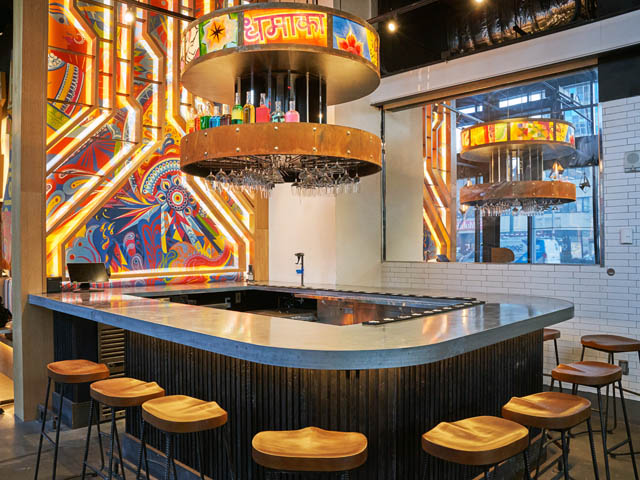
“I had just one bite and it hit me, I love eating this and I can’t find it in any restaurant!” he recalls. “I started questioning why we can’t get it. We kept on going back and forth, to recognize the potential of regional dishes and the freshness of it. The key to food at home versus anything else is the freshness and the simplicity – and so that’s what we focused on.”
Vegetarians are also in for an interesting menu which includes Ajwaini Paneer Tikka, Paneer Methi, Aloo Jira and Gobi Keema. “Many of the dishes will be prepared on the spot to show that simple foods can be super tasty and amazing to eat,” he says. “It will be cooked fresh as you’re ordering it, with simple spices. You can actually taste the difference.”
Pandya wants to give diners the rural and regional experience and many of the dishes are made in claypots, cast iron dishes and pressure cookers, the way they are at home. His menu inspiration comes from home environments and experiences, like the Bharela Marcha (sweet peppers, peanuts, coriander) served by his mother-in-law who lives in a small village near Boroda. “I loved it so much that it’s on our menu actually.”
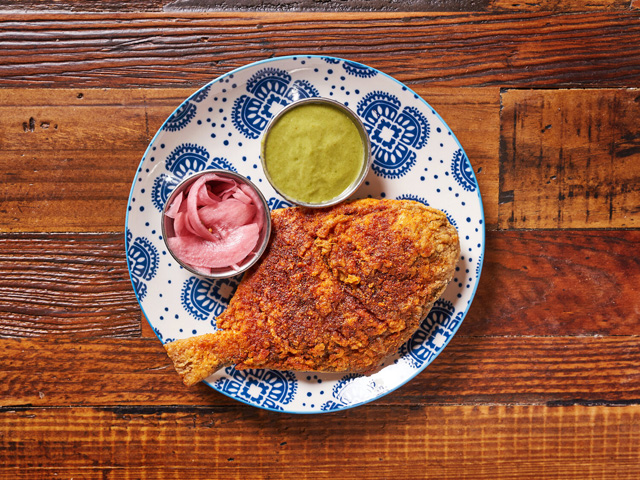
The non-vegetarian dishes include many which diners may not have tried such as Goat Belly Seekh, Tabak Maaz ( lamb ribs) and Rajasthani Kharghosh (whole rabbit with yogurt and cloves) which has to be ordered 48 hours in advance. The Champaran meat, for instance, says Pandya, had to be deeply researched to find the right claypot; the mutton was not even available in New York – it had to be flown in from Arizona. The goat brains were also hard to find and Pandya remembers personally searching for them and even getting Uber drivers to look in certain neighborhoods for them.
These are not new dishes or innovations but actually very old dishes – I know because Magaaz – goat brains – was something we used to enjoy in our childhood home in Delhi, with recipes brought over from Sindh in Pakistan. This was soft and delicious – like scrambled eggs – and it was many years later that I learned – to my dismay – that it was actually goat brains. I recall a delicious soup – Paya – which is a Sindhi dish of mutton trotters. All this might sound exotic and outlandish to the uninitiated but is real robust, authentic food actually eaten in some Indian homes.
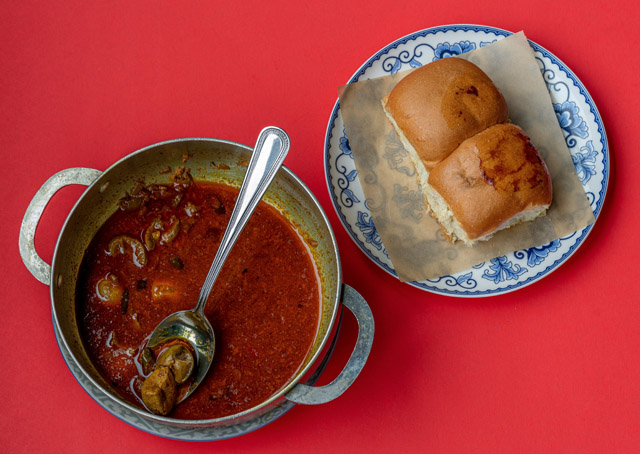
Photo: Paul McDonough
Asked if Dhamaka’s menu is adventurous and is in the process making the diners more adventurous too, Pandya says: “We are not being rebellious – we are just being honest to what we believe in, we are just doing things right. Everybody says, ‘Oh, you’re innovating’ and I say actually one of the things we are not doing is innovating. We actually are going backward, we are simplifying the food.”
In fact, in its bid for simplicity, Dhamaka currently has just one dessert on its menu – Chenna Poda, a cheese dessert from Odisha. The dishes will be rotated but kept simple and approachable. Says Chintan Pandya, “Somebody once asked me – how would you define yourself as a chef at 25 years and now at 40 years? I said when I was 25 years I used to feel that if I put 50 ingredients in a dish I am a master! Now I feel I should not have more than four or five ingredients. As you keep growing, you want to keep it simpler and real.”
(This was first published in my weekly column India in America in CNBCTV18.com)
